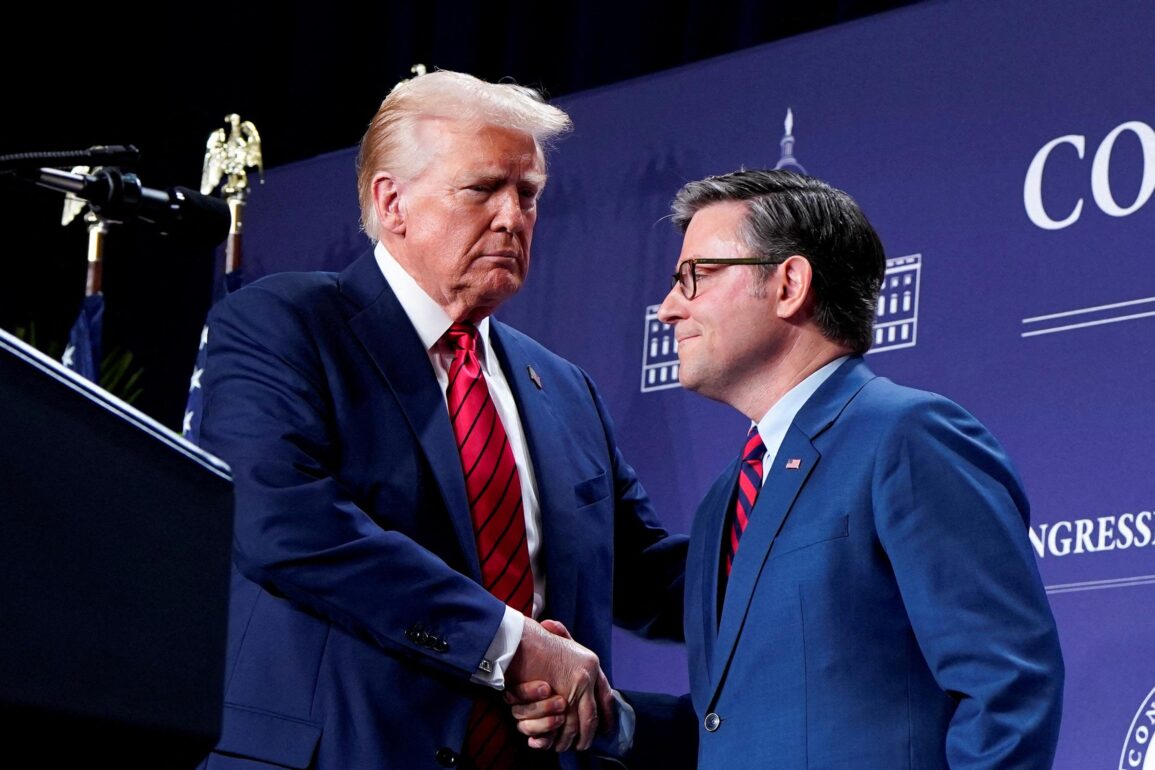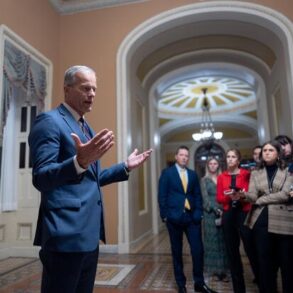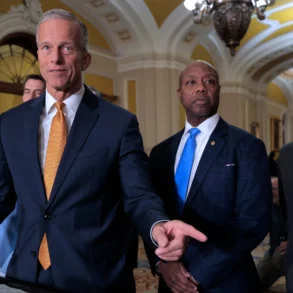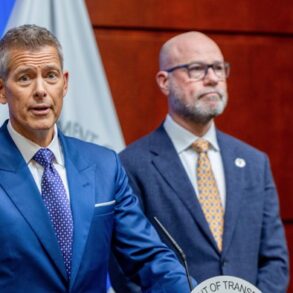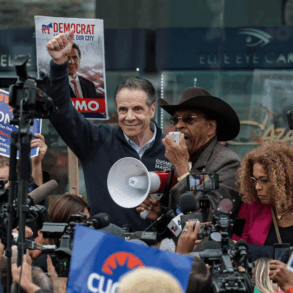President Donald Trump has stirred up a storm with his latest proposal to fund his massive tax and spending cuts package by potentially raising taxes on the wealthy. This unexpected move has sparked heated debates among Republican lawmakers, who are grappling with how to balance their fiscal promises with political realities. As the clock ticks toward the expiration of Trump’s 2017 tax cuts, the GOP faces a high-stakes challenge to craft a bill that satisfies competing factions within their party while avoiding a political backlash.
A Surprising Shift
In a Truth Social post on May 9, 2025, Trump suggested he’s open to a “TINY” tax increase on the rich to help offset the $1.5 trillion in spending cuts needed for his tax plan. This marks a shift from his campaign promises to slash taxes for the wealthy, a stance he doubled down on in an Oval Office statement, calling it “good politics” and a form of “redistribution.” He even floated letting tax cuts expire for top earners—those making $2.5 million individually or $5 million as couples—during a call with House Speaker Mike Johnson.
The White House sees this as a way to neutralize Democratic criticisms that the GOP prioritizes the rich while securing funds for other priorities, like eliminating taxes on tips, overtime, and Social Security benefits. However, Trump’s economic adviser, Kevin Hassett, downplayed the idea, saying the president isn’t a “strong advocate” for taxing the rich but is open to compromise to get his “big beautiful bill” passed.
A Divided GOP
The proposal has exposed deep divisions within the Republican Party. House GOP lawmakers are struggling to agree on how to fund the $4.5 trillion cost of extending the 2017 tax cuts, which expire at the end of 2025. Some, like the House Ways and Means Committee, are considering letting the top income tax rate for the wealthiest revert to 39.6% from 37%. This could save $409 billion but risks alienating small business owners, a key GOP constituency, and dampening economic growth, according to the Tax Foundation.
Another idea is creating a new tax bracket for the ultra-wealthy, which could raise $59.3 billion over a decade but affect fewer households. The catch? Much of the wealthiest Americans’ income comes from dividends quê and capital gains, taxed at lower rates, limiting the revenue potential. These options are far from settled, as many Republicans worry about the political fallout of any tax hike.
Spending Cuts and Medicaid Tensions
To make the tax cuts deficit-neutral, Republicans have pledged $1.5 trillion in spending cuts, a promise House Speaker Mike Johnson made to conservative hardliners in April 2025. The Energy and Commerce Committee, overseeing Medicaid, is tasked with finding $880 billion in savings, but Trump has ruled out cuts to Medicare, leaving Medicaid as the primary target.
This has sparked fierce opposition from moderate Republicans, like Sen. Josh Hawley of Missouri, who argue that slashing Medicaid benefits for low-income Americans contradicts the GOP’s working-class appeal. At least a dozen House Republicans and five senators have vowed to block any bill that guts Medicaid, with Nebraska’s Rep. Don Bacon capping acceptable cuts at $500 billion. Proposed tweaks, like work requirements or eligibility reviews, won’t close the gap, and more drastic measures, like altering federal funding to states, are politically toxic.
The SALT Deduction Debate
Adding to the complexity is the fight over state and local tax (SALT) deductions, capped at $10,000 in the 2017 tax law. Republicans from high-tax states like New York and California, led by Reps. Nick LaLota and Mike Lawler, are demanding a higher cap—ranging from $30,000 to $200,000—to benefit their constituents. This would increase the bill’s cost, clashing with the fiscal conservatives’ push for deficit reduction. With the GOP’s slim majorities, just a handful of rebels could derail the package, giving these blue-state Republicans significant leverage.
A Tight Deadline
With the July 4, 2025, deadline looming, Republican leaders face a daunting task. The bill must not only extend the 2017 tax cuts but also raise the debt ceiling to avoid a default—a top GOP priority. Failure to pass it would let the tax cuts expire, a major political blow for Trump. Yet, reconciling the demands of fiscal hawks, moderates, and blue-state Republicans seems nearly impossible. As GOP strategist Alex Conant put it, “This bill would never pass, except it must.”
Trump’s personal involvement, including arm-twisting lawmakers, could be the deciding factor. Johnson, who has been meeting regularly with White House officials, insists on keeping his promise of $1.5 trillion in cuts, even as he navigates the Medicaid and SALT minefields. The question remains: who will compromise first?
What’s at Stake
The outcome of this debate will shape America’s economic future. Extending the tax cuts could cost $4.5 trillion, with additional promises like no taxes on tips adding $900 billion. Republicans claim the cuts will spur $2.5 trillion in growth, though experts estimate a more modest $710 billion. Meanwhile, the push for spending cuts risks slashing programs like Medicaid, which serves 70 million low-income Americans, while raising taxes on the rich could alienate GOP donors and voters.
As Republicans race against time, the nation watches to see if they can deliver Trump’s ambitious vision—or if internal divisions will derail their plans. One thing is clear: the road to a “big beautiful bill” is anything but smooth.



